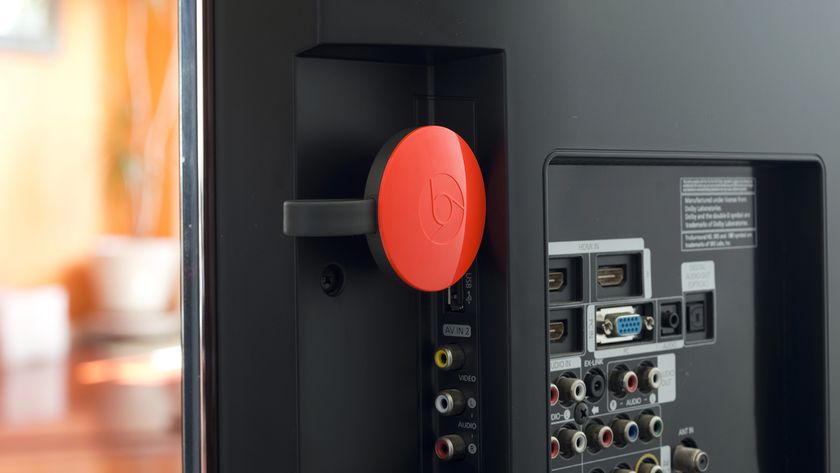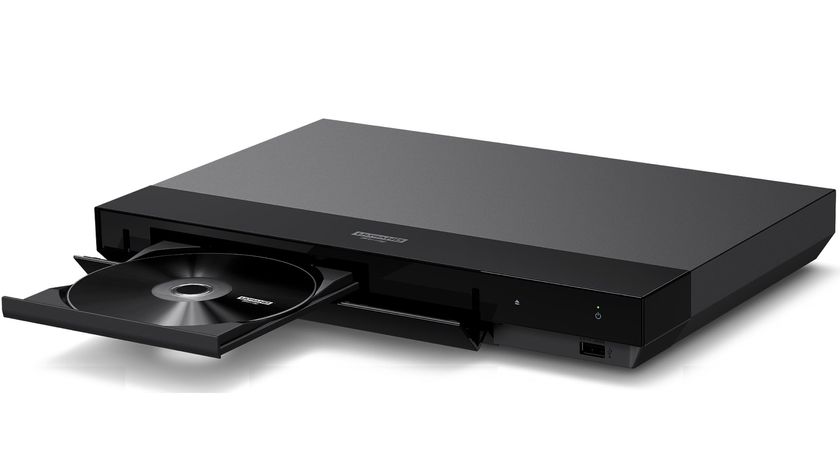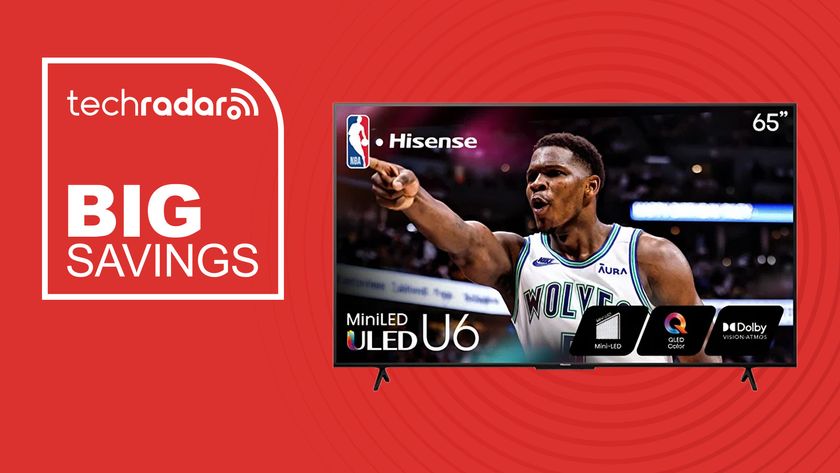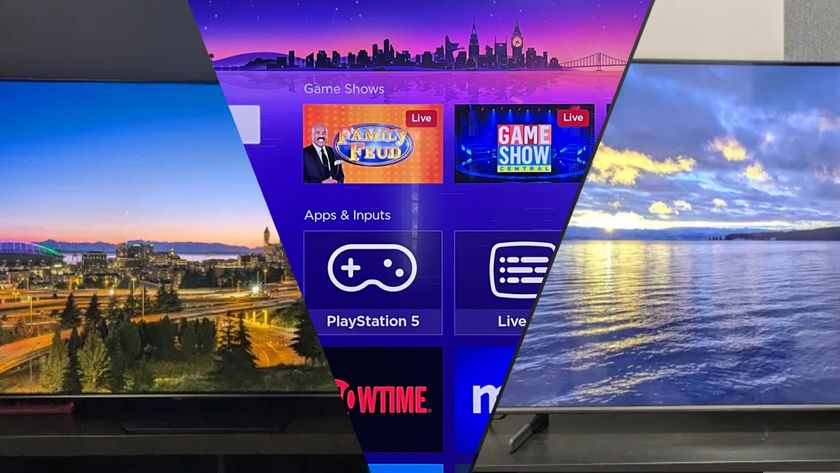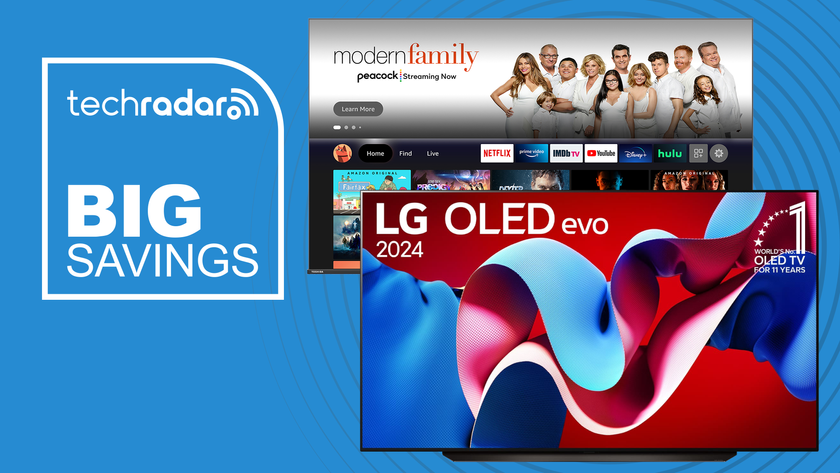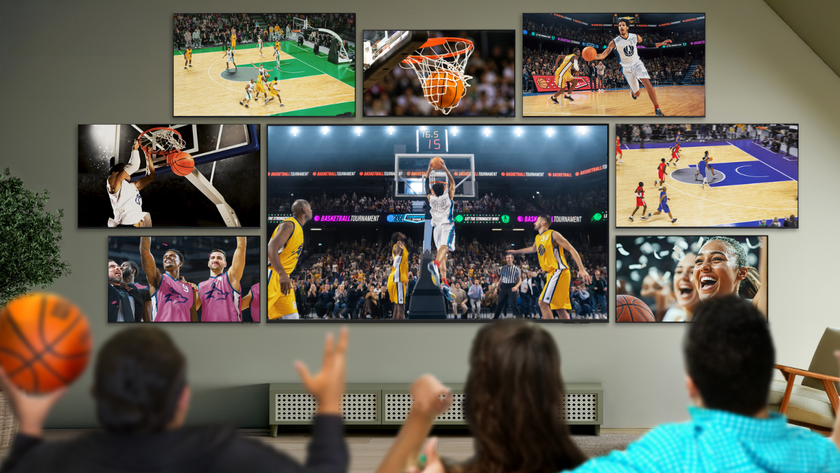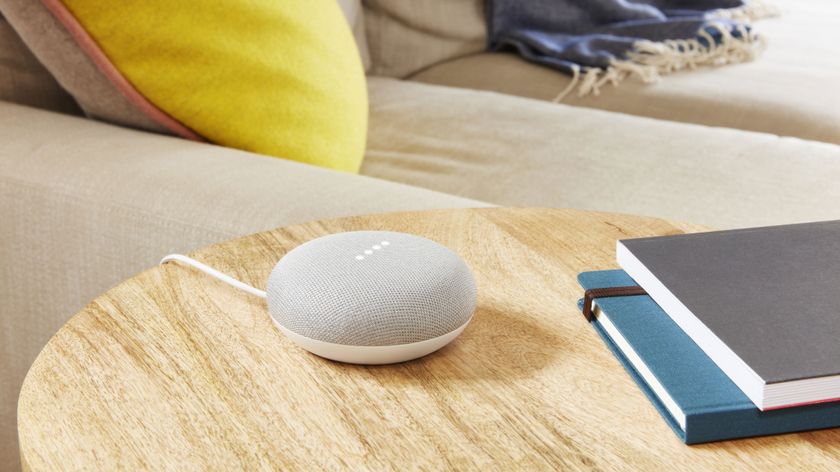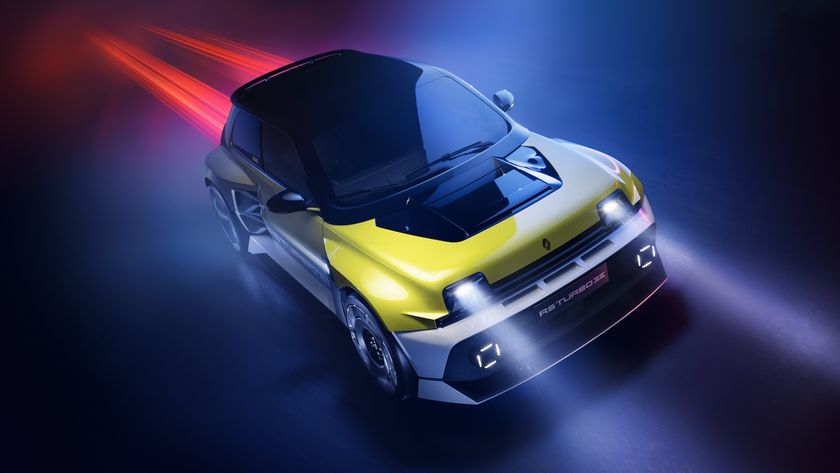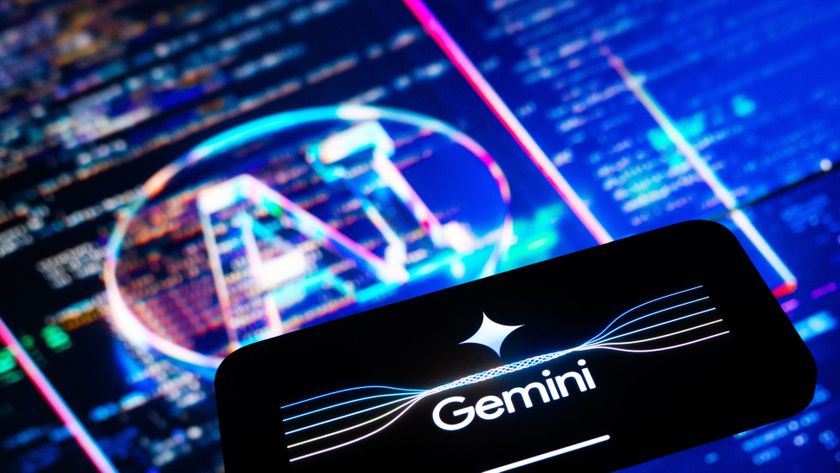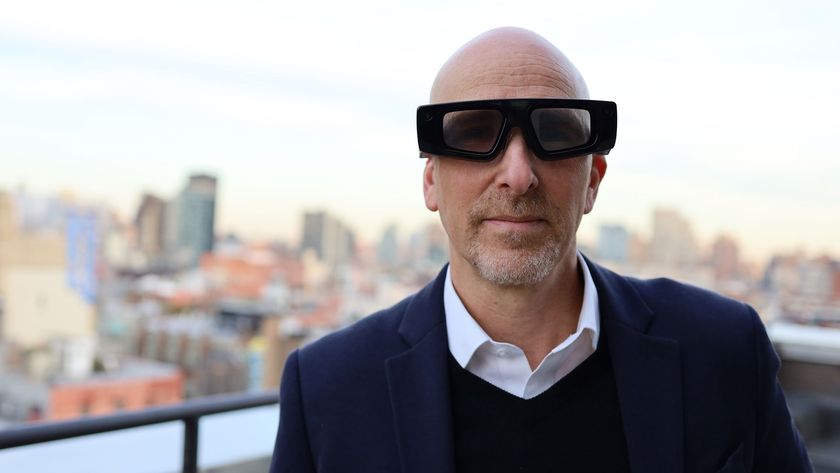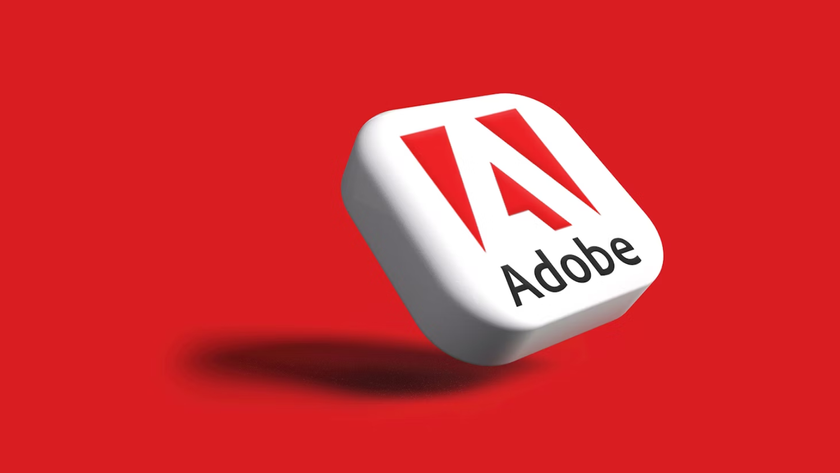Toshiba makes big television return with its first-ever OLED TV
Finally, an affordable OLED
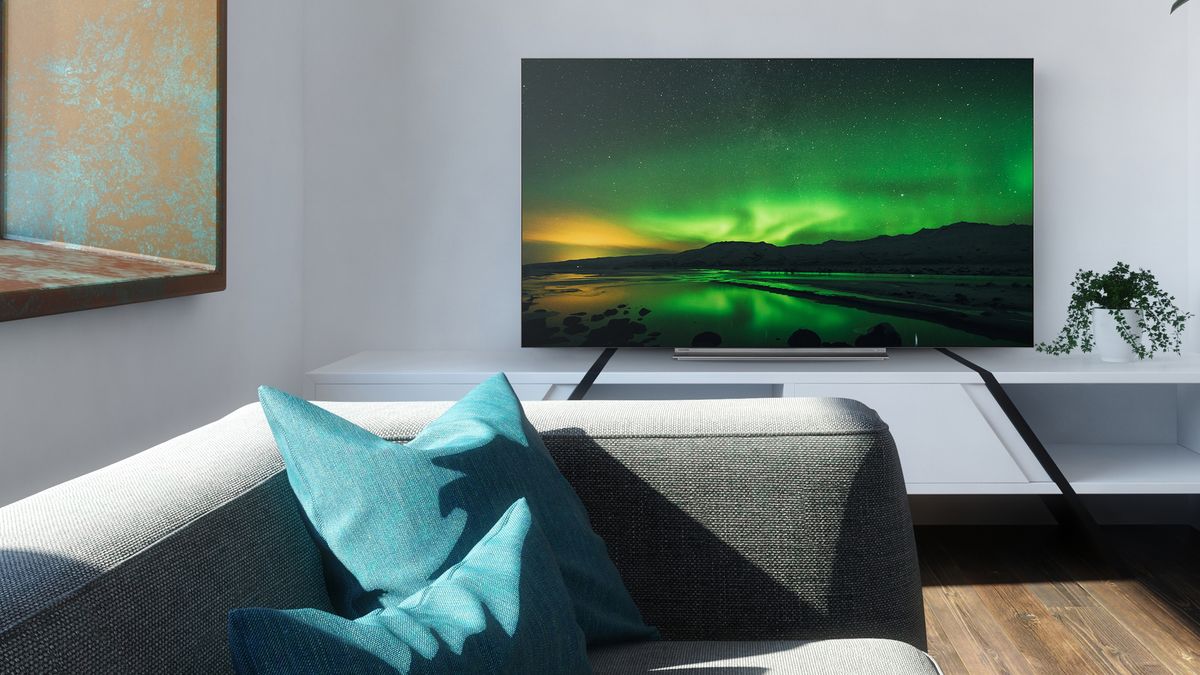
The world of TVs is dominated by a small number of big players. Particularly in the high-end, the likes of LG, Sony, Samsung and Panasonic are constantly vying for control with a selection of sleek and shiny panels which get brighter and slimmer with every passing year.
Toshiba isn’t a company that people immediately think of when televisions come to mind, but the company is hoping to change this with its new range of 2017 televisions, which features the company’s first ever OLED.
Since the idea of an affordable OLED is always a tempting prospect, let’s start with that, Toshiba’s 65-inch X97 series, or the 65X9763DA if you want to get specific.
Finally, an affordable OLED?
The Toshiba X97 OLED sits at the top of the company’s 2017 TV lineup. There’s just one size of TV available, 65-inches, which makes sense given that this is the size of TV that reportedly makes manufacturers the most amount of money (whereas 55-inch sets are the most popular).
The set is capable of showing off 10-bit color (the depth of color found in the HDR10 standard), 99% of the DCI-P3 color space, and impressively the company is also promising that it has a response time of less than 1ms, which should be great for gamers.
But it’s here that the good news runs out. Despite offering the same color depth of the HDR10 standard, the set does not support HDR, which we’d argue is an essential part of even mid-range televisions these days. Toshiba has said that the feature will be included in the 2018 range, but for now the feature is absent.
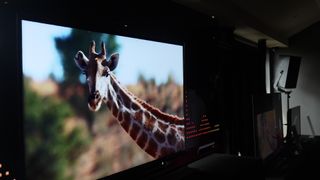
Toshiba was also quiet on which operating system the set would support. We were told that the set would run on Toshiba’s own smart portal, so it’s currently unclear how wide ranging its support for various apps will be.
Get daily insight, inspiration and deals in your inbox
Sign up for breaking news, reviews, opinion, top tech deals, and more.
Netflix and YouTube are explicitly mentioned as being supported, but you'll have to wait a little longer for Amazon Prime Instant Video, which the company promises it is working on.
Let’s address the elephant in the room. Despite Toshiba positioning the X97 as an OLED ‘value option’, the company has said that it expects the set to be priced in the ball-park of £4000.
For reference, that's over a grand more expensive than LG's 65-inch B6, while not offering Ultra HD Premium certification. You have to feel for Toshiba, since with LG currently supplying the OLED panels for all of its competitors, there’s only so much the company can do to compete on price, but the user experience is going to have to be fantastic if the company wants to convince customers to pay more for specs that simply can't compete on paper.

...and the rest
Alongside the X97, Toshiba also had four other ranges to show off: the U77, U67, the Smart Series, and the Entry Series.
With the U77 you’re naturally losing the OLED panel, but retaining the 10-bit color depth. The set is available in 49 and 55-inch sizes, covers 99% of the DCI-P3 color spectrum, and comes equipped with 4 HDMI ports (although two of these are limited to Full HD).
The U77 will start from around the £600 mark.
Stepping down to the U67, you lose the wide color gamut, but maintain the Ultra HD resolution of the more expensive ranges. The U67 range is available in four sizes ranging from 43 to 65-inches, and also has 4 HDMI ports, of which only 2 are 4K.
Finally comes the budget ranges. Both the ‘Smart’ and ‘Entry’ ranges are made up of a mix of Full HD and HD ready sets, and are sized between 24 and 55-inches. The smaller sets up to the size of 39-inches are also equipped with DVD players, although there’s no sign of a Blu-ray player that would allow you to make the most of the Full HD panel. You’ll also have to put up with just 3 HDMI ports.
Of course, with Toshiba focussing so heavily on making their sets the budget TVs to beat, we’re going to need to see pricing before we can establish whether they’re worth the compromises that entails.
- Check out our guide to the best TVs if you want to see what the competition is like.
Jon Porter is the ex-Home Technology Writer for TechRadar. He has also previously written for Practical Photoshop, Trusted Reviews, Inside Higher Ed, Al Bawaba, Gizmodo UK, Genetic Literacy Project, Via Satellite, Real Homes and Plant Services Magazine, and you can now find him writing for The Verge.
